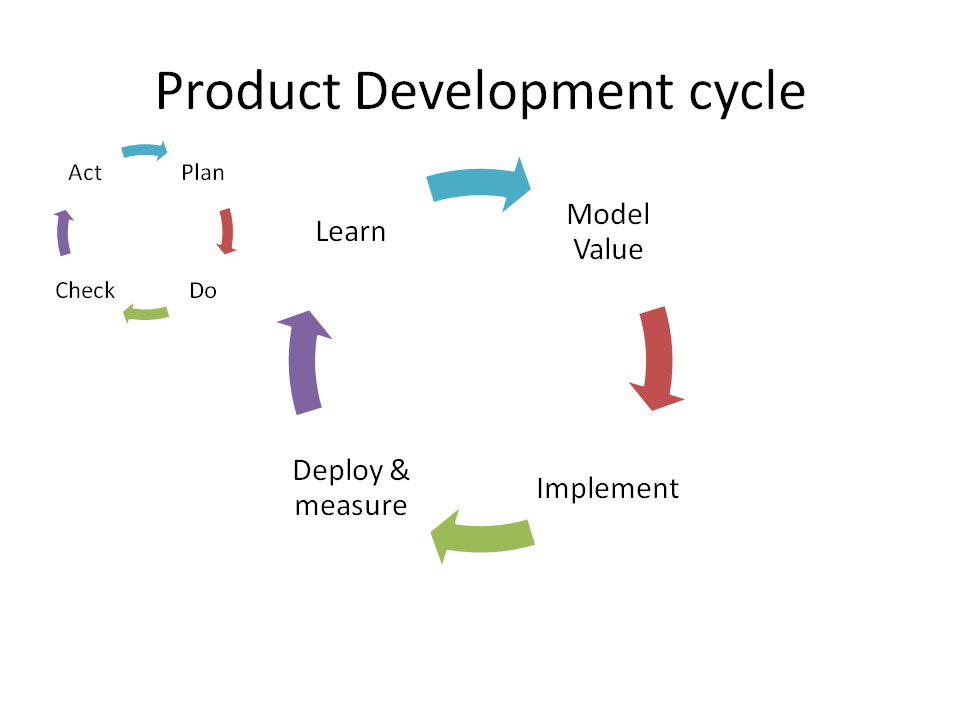Business Value Modeling is fun
Yesterday, I did a tryout of the “Business Value by Systems Thinking” session for XP Days Benelux.
A “Business Value Model” is one of many models our teams build to get a better understanding of the problems we need to solve. Based on the goals of our stakeholders, it shows
- what “value drivers” (or dimensions like “income”, “customer satisfaction” or “employee retention”) are part of our shared definition of Business Value.
- how we can measure that we get closer to (and finally achieve) our goals during and after the project
- what constraints limit us in our search for solutions
- how all of these things are related in a systemic model. For example, what do you think happens with employee retention if customer satisfaction goes down? What effect, if any, does shorter employee retention have on customer satisfaction? These and other causal loops may point the way to “leverage points” where we get most effect with the least amount of effort.
By building the Business Value Model we create a shared vision and align the team members. By relating all our work to the value we add, we are more motivated.
Feedback
As usual, there was much too much content. Thanks to the feedback of the participants, there will be more time for exercises and explanation, we’ll go more in depth into the real subject of the session and there wil be more feedback for participants on their model.
You can download the tryout retrospective feedback and see what the participants thought about it. I’ll publish the output of the session in the next blog entry.
Many thanks to the participants for playing along and giving useful feedback. Thanks to Cap Gemini for hosting the event.
Answering some puzzles
- How do you prioritise based on the Business Value Model? You start with the lagging (final) goal that you want to achieve/improve first. What would it take to “achieve the goal” or “improve enough” (first define what “enough” is)? How little can we do? Do we need to mitigate some risks? Do we have enough value to release? If yes, start implementing. If no, which other goal do we need to tackle too?
- Does “Business” Value mean only financial measures? No, we also include other measures like “customer satisfaction”, “employee retention” or “happiness” (we just built a Business Value Model with “Number of people who happily use our product to do their job” as the #1 measurement). Some of those “measures” can’t really be expressed as a number, you can only see if they improve or worsen. On the other hand, Don Reinertsen recommends “if you want to be able to make (quick) tradeoffs, you should express each measure in money” in his book “Flow”.
- Is our model right? What is the perfect model? What should the final model look like? I really can’t answer that question. Your model is “right” (or: useful) if it helps you to make good decisions, if it helps you to explain the reason(s) behind your project, if it allows everyone on the team to make decisions. In the end, you test your model(s) by building something according and seeing if your hypothesis was correct. And even if it isn’t, you’ve learned something. What we’re doing here is using the scientific method: we build a testable hypothesis, we perform the test and we improve our hypothesis based on the results.
